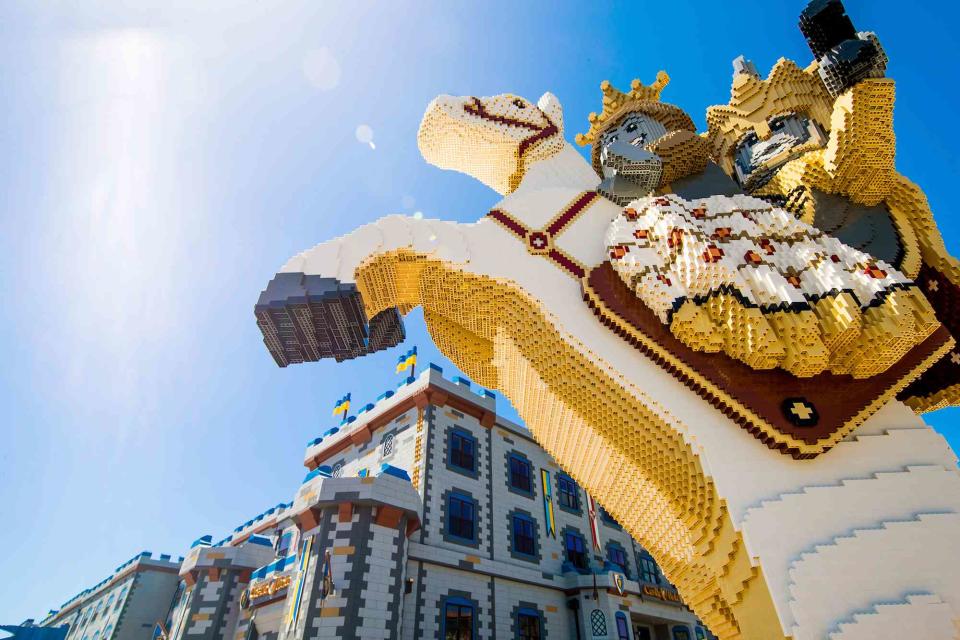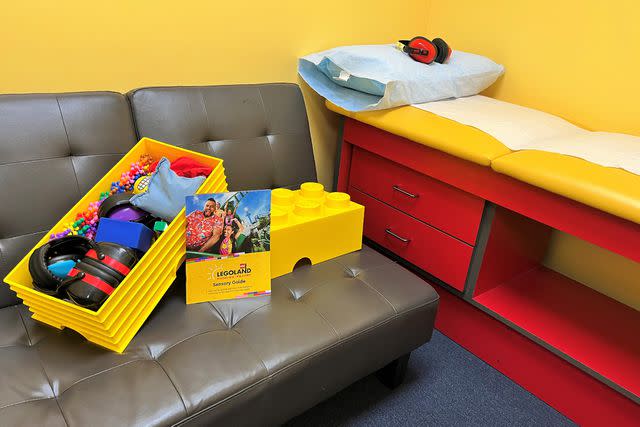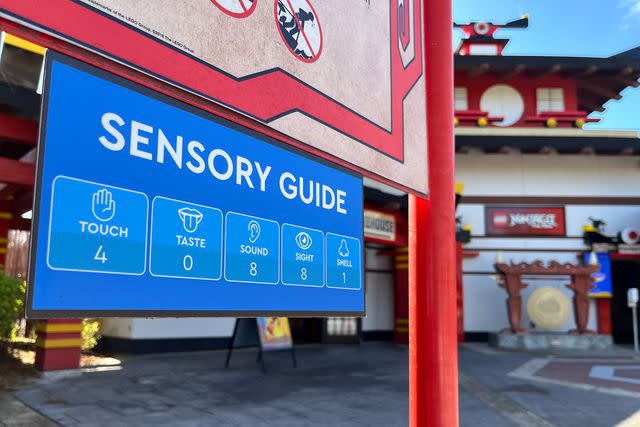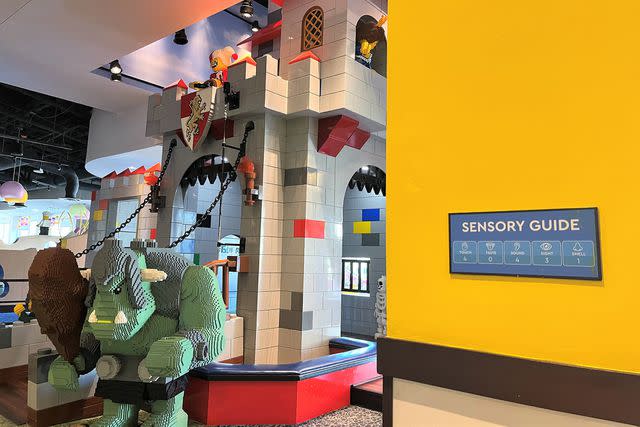Every U.S. Legoland Resort Is Now a Certified Autism Center — With Sensory Guides, Quiet Rooms, and Planning Resources
The Florida and California locations are already certified, and the New York location will join them March 31.

LOCK + LAND, Chip Litherland/Courtesy of Legoland
The Legoland Resorts in the U.S. are making sure no child misses out on the opportunity to enjoy its theme parks by unveiling new features and resources that will make all three locations Certified Autism Centers by the end of this month. (This accreditation means at least 80 percent of Legoland's staff has received specialized training and is certified in the field of autism.)
Legoland California in Carlsbad, California (about 35 miles north of San Diego) and Legoland Florida in Winter Haven, Florida (about 50 miles east of Tampa and 50 miles southwest of Orlando) were certified last year. Now, Legoland New York in Goshen, New York (about 60 miles northwest of New York City) will join them when it opens for the season on March 31.
“It’s our hope that families with children of all abilities feel encouraged and inspired to be curious, creative, and imaginative while at our parks,” Julie Estrada, the North American public relations director for Merlin Entertainments, Legoland Resorts’ parent company, told Travel + Leisure. “Our new Certified Autism Center certification is just another way we provide added guidance and care to families so that children and their parents feel fully supported throughout their vacation journey.”

Courtesy of Legoland
According to the Centers for Disease Control and Prevention (CDC), one in 44 children lives with autism. As such, it's essential for parks to prioritize accessibility for families with neurodiverse members, allowing them to engage with activities in their own ways.
At North American Legolands, every single ride at every park will have a sensory guide that was developed with The International Board of Credentialing and Continuing Education Standard. These guides outline various elements that may be challenging for the affected guests. “The signs indicate the levels of intensity for touch, taste, sound, sight, and smell so there are no surprises during their experience,” Estrada said.
For example, in California, the "LEGO Ninjago The Ride" is rated on the higher end of stimulation for sound and sight, while the park’s "Sea Life Aquarium’s Sea at Night" is in the middle of the scale. In Florida, "The Great Lego Race" and "Mia’s Riding Adventure" have higher touch sensory levels than other attractions. And, in New York, the "Palace 4D Cinema" is almost on the highest end of the scale for touch, sound, and sight.
These guides are also available online so that families can plan in advance. (The Legoland California sensory guide is here, the Legoland Florida sensory guide is here, and the Legoland Florida sensory guide is here.)

Courtesy of Legoland
What makes the guides so helpful is the tremendous detailing of what to expect. Case in point: For "The Lego Movie Masters of Flight" at Legoland Florida, the guide gives a summary of the ride, explaining that it follows “Emmet and the gang on Emmet’s Triple-Decker flying couch invention on this indoor theater ride.” It then rates five sensory areas — touch, taste, sound, sight, and smell — on a scale of one (low sensory stimulation) to 10 (high sensory stimulation).
On this ride, sound and sight are both sixes, with it then going even more granular, explaining that there’s a “potential for close proximity/shared space with other visitors” and “music and sound are heavily featured as part of the attraction." For sight sensitivities, it notes the ride is in an “indoor, confined space” that has a large video screen with engaging visuals,” which “simulates the feeling of movement." It also warns about bright colors and lights, including strobe lights, as well as the transition from light to darkness.
Even for touch, for which this ride is rated two, it explains that guests will have to use a lap belt and have their feet hang freely, they may be close to other guests, and the visuals simulate movement with a bit of actual movement. Taste is ranked zero and smell is one, with both having a low impact on those senses.
With that level of detailing on every attraction, families know exactly what to expect and won’t be subject to any surprises that could turn what should be a fun and carefree day sour. “As a mom, I know how stressful it can be to plan a family vacation, so we like to take the guesswork out of the planning so families can get straight to building memories together,” Estrada said.

Courtesy of Legoland
In addition to signage, frontline team members are also trained to assist autistic guests and those who have other sensory sensitivities. There are low-sensory areas at each park for guests to take a break and relax in a more low-key environment with less stimulation. Finally, guest services can provide earplugs and "Assisted Access" passes to help with loud and constant noises and overstimulation.
For more information, visit legoland.com.
For more Travel & Leisure news, make sure to sign up for our newsletter!
Read the original article on Travel & Leisure.

